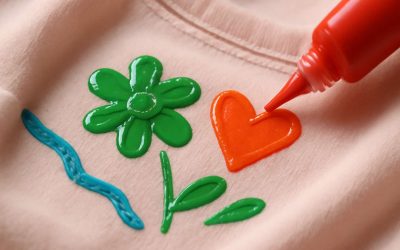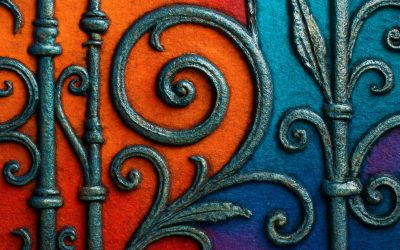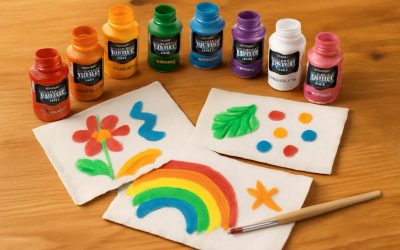Textile art has a long history. As early as the prehistoric era, humans began making and using natural fibers to create objects. Today, the use of textiles is more than just practical or decorative, it has become an artistic form of expression.
During the Industrial Revolution, a power loom and spinning jenny were invented. These inventions helped speed up the production of fabric. Using these new techniques, new designs were created. During the Middle Ages, the taste for imported luxury fabrics led to sumptuary laws. Afterwards, the popularity of creative textile art soared. The use of textiles as artistic creations was considered to be more valuable than other crafts.
In the 1970s, the Feminist Movement reintroduced textiles into the world of high art. Artists like Louise Bourgeois used the textiles in their artworks and hand-sewn illustrated fabric books. They used the fabric to explore sexuality, and felt an emotional connection to the materials.
Throughout the years, sexism in the art world persisted. It was thought that women should sew, while men should be artists. However, this was not always the case. There were some examples of female textile artists, such as Anni Albers, who believed that the use of the fabric was an art form in its own right.
After World War Two, the popularity of creative textile art exploded. People were encouraged to move around and look at the pieces. The art establishment also viewed these works as more valuable than before.
Some of the most popular forms of textile art are embroidery, quilts, tapestry, and fabric paintings. Each of these has a unique aesthetic and function, and they require a variety of materials to create. You can purchase blank canvases for these types of projects at craft stores or online. Once you’ve selected the design and materials for your project, you’ll need a frame and mat board to place your piece.
Using these materials requires patience and precision. Typically, you’ll want to start with a series of smaller works. This will help you gain control of the process and learn more about your materials.
When displaying your piece, you’ll need to hang it away from direct sunlight or moisture. It should also be framed with framing hardware and a backing material. If you want your piece to have a polished finish, you can have it framed by a professional.
To get started on your own fabric art, begin with a few small pieces. You can make a quilt or a picture of your favorite photograph. Make sure to choose materials that will echo the colors of the photograph or design. Also, try to choose pieces that have a different scale than each other. Be careful to select a style that is appropriate for the size of your wall.
For the most part, traditional textile arts include weaving, knitting, and sewing. Depending on the country and culture, textiles have different symbolism. Flowers, for example, are the perfect example of a multi-layered composition.



0 Comments